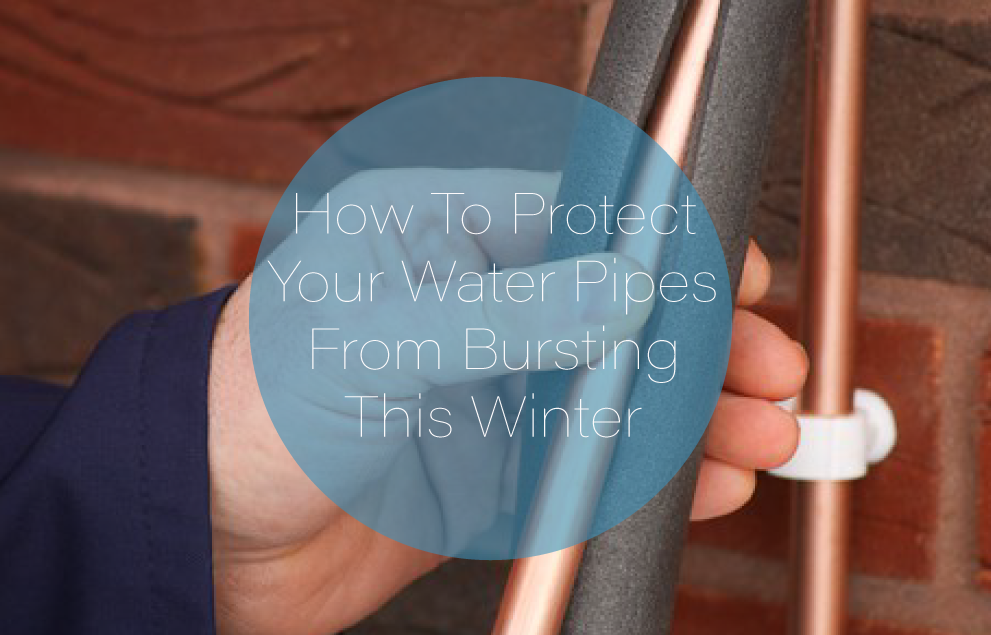


The pipes inside your home probably won’t burst unless they are exposed to temperatures lower than freezing. The exception to this rule is that if the pipe is on an exterior wall or in an unheated part of the house (garage/attic/crawl space) it may freeze. The pipes on the outside however, are prone to freezing especially if they’re in direct contact with cold.
Water expands. What that means is, if you have non-moving water in a pipe or garden hose and the temperature is below 32 degrees, the water changes to ice and starts to take up more space. It expands as it freezes. This can increase the pressure in your plumbing system.
Prevent this problem by doing the following:
Foam pipe insulation usually works well on pipes that are in moderately cold climates. Colder climates may require a product called heat tape that warms the pipes. These items are available at most home hardware stores.
Your kitchen pipes are usually located in the cabinets. If you keep the cabinet doors open this allows warm air to flow through and keep them from freezing.
If you didn’t prep the outside pipes or if the cold caught you off guard, turn the spigot on so that water drips from it. This will ensure water runs through the pipes and keep them from freezing. You might also consider this route if your cold spells only last a week or less.
The easiest way to find out if the pipe is frozen is to turn the faucet on. If water doesn’t or barely trickles out, it’s probably frozen. DON’T use a blowtorch or other open-flame device to thaw it. Assuming you can determine where the frozen section is, and can reach it, use a hair dryer, space heater, or heating blanket to slowly warm the pipe. Keep the faucet open a little to enable the water to move. You could always resort to calling a plumber.
Lastly, if you’re headed South (or somewhere else) for the winter, make sure to leave the heat on back at home and set it no lower than 55 degrees. Shut off the main water supply and drain all the pipes in the house by opening all the faucets and flushing the toilets. Lock the doors, have neighbors check on your place and enjoy your trip.
We exist to provide DIY and Lifestyle content that is targeted towards Budget-Minded Homeowners. We hope to teach and inspire our readers and ultimately, enrich their lives.